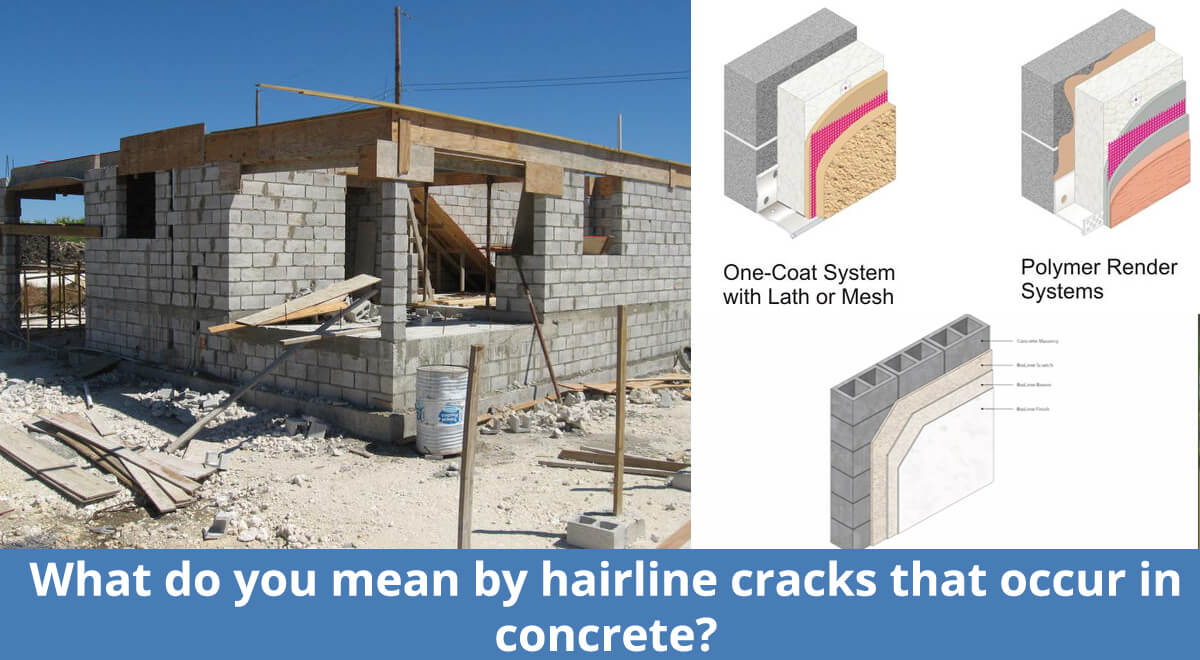CMU Wall- Definition, its advantages & disadvantages, and Installation
TweetWhat is CMU
CMU walls, also known as concrete masonry units (CMU), are rectangular blocks of concrete used in the construction of buildings. Concrete masonry unit walls are one of the most adaptable and versatile building materials available, as a wide variety of appearances can be achieved using them, which in turn can reduce time wasted during construction.
In addition to being available in a variety of designs and textures, these walls are also dependable for laying a solid foundation, not only because they make excellent exterior and interior walls, but because they are also attractive to look at. Bricks made from concrete are called concrete bricks because they are cast from concrete. It might be possible to use industrial waste to produce low-density blocks as an aggregate, such as fly ash or bottom ash.
CMU Wall- Its functions
A few functions of CMU are mentioned below:-
- A concrete masonry unit serves as a bearing wall for a residential building or structure that needs to withstand a lot of pressure.
- Vertical loads like flooring joists, arches, vaults, and roof rafters benefit from it, as do horizontal loads like wind and seismic activity.
- In the majority of buildings nowadays, the CMU wall is constructed using concrete blocks or bricks that are used to create the structure.
- As with stone masonry, concrete blocks are stacked together with mortar connections to create a CMU system.
- Some CMUs, on the other hand, are mortar systems with a series of interlocking tongues and grooves that fit into one another.
Advantages of CMU Walls
Following are a few merits of CMU walls or Concrete Masonry Units:-
- It is less expensive to install a concrete masonry unit system than a traditional brick system due to the fact that they are larger in size.
- The CMU walls are strengthened with galvanized steel reinforcing, allowing them to take additional weight without cracking.
- These types of walls have a high load tolerance, which aids in the passage of a stone through various bricks, plaster, and tile construction components.
- They are also handy in locations where extreme weather occurs, such as hurricanes and tornadoes.
- Furthermore, the long-term resilience of CMU systems extends the life of structures and reduces the need for ongoing maintenance.
Disadvantages of CMU Walls
Following are a few demerits of CMU walls or Concrete Masonry Units:-
- Moisture is absorbed by CMU walls in significant proportions.
- To prevent water penetration, they are frequently covered with a protective coating or weatherproofed.
- These systems are heavier than wooden or steel systems, and they lack the flexibility to accommodate walls of all shapes and sizes.
- Concrete blocks take up a lot of areas since they are difficult to insulate due to their low thermal resistance.
- Finally, depending on the location, hiring workers may be costly.
CMU Wall- Installation
In order to lay the masonry, skilled masons are needed. The units are connected by laying mortar between them so that they can be connected. In order to place masonry, you only need two types of equipment: a trowel and a mason to do the work.
In order to tie walls together within them and between them, reinforcement is used both within and between them. Joint reinforcement can be utilized along mortar joints in order to assist in controlling cracking in the wall as a result of cracking. In masonry, anchors, plates, and other elements that are used in other types of construction are also used in masonry.
It is normal for finishes to be simplified when using masonry as a construction material. The surface can be painted or sealed in order to protect it from the elements.
In order to enhance its appearance and increase its resistance to moisture, it can be plastered. There is, however, a tendency for it to be left exposed a great deal of the time. A standard piece of furniture or an architectural piece can be used to accomplish this task. It is important to note that some finishes are designed specifically for the use in damp environments such as locker rooms, swimming pools, kitchens, and laundry rooms. Frequently, brick surfaces are vividly colored as a means of providing a sturdy finish that is both attractive and strong.

